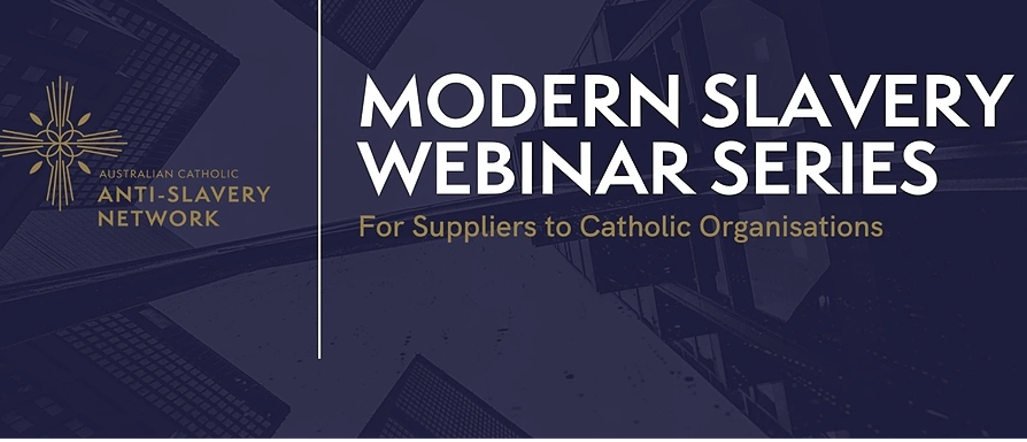Executive Director’s Report: Is Australia the world’s most Synodal Church?

My name was nominated by the Australian Bishops to Rome for the position of National Director of Catholic Mission back in 2007. As I would be the first Australian lay Director, there was some resistance within the now Dicastery for Evangelisation in Rome. It was one Australian member of the Council of that Dicastery, a certain Cardinal George Pell, who said to his colleagues, “ Oh, don’t worry, we have lay people in hundreds of jobs like that in Australia. It works well and it’s not a big deal. ” As a result my nomination was approved.
So even as a well-known conservative in the Church, Cardinal Pell’s immersion in lay leadership in the Church in Australia, where lay people play leading roles in every sector of the Church, was such for him to lead one part of the Vatican bureaucracy to endorse lay leadership. And this was well before synodal leadership became a popular theme in the Catholic Church internationally.
AMPJP is the only association of Ministerial PJPs in the world. This is despite there being MPJPs in a number of other countries and that the first MPJPs were approved for the United States. The Association results from our having lay leadership in the largest ministries of the Church in Australia. Only the school systems of the largest Archdioceses are comparable in the numbers of people served and of staff.
The Plenary Council also pointed to AMPJP as a key representation of lay leadership in the Australian Church. MPJPs are the third, lay-led leg supporting the Church stool, along with the Clergy and the Religious.
As the Australian Plenary Council and the Synod on Synodality unfold in coming years, one question might be, what does Australia have to share with other countries from its rich legacy of lay leadership? A second, what might the next stages of that lay leadership look like within the Australian Church?
Moving from measuring activity to outcomes

While the Christian life is not only about fruits of discipleship but also the journey, there is a definite move to measuring the positive impact of the work of Church ministries.
In October AMPJP completed the requirements to verify that it is a slavery-free supplier to our members through the Australian Catholic Anti-Slavery Network.
I also completed the ACSL training and started AMPJP’s process of complying with the Australian Catholic Safeguarding Standards. This will provide an evidence-based assurance that AMPJP is a safe place for children and vulnerable adults.
NCLS Research led a webinar on the Student Spiritual Life Survey, which will measure the impact schools have on the spiritual life of their students.

During the month I also attended a Mercy Ministry Companions seminar on “Impact measurement tools for Mission Formation”. The very capable Jemima Webb helped us start the process of taking up Social Impact tools used in community services to measure the impact of Mission Formation. While I believe there is still significant work to be undertaken, the measurement of Mission Impact and of Formation will be a key need for MPJPs moving forward.
If your MPJP or organisation has in-house training or formation which others might also attend, even in small numbers, please let me know. I will then share that opportunity.
And lastly, one of the Synod on Synodality’s outcomes was to call for an evaluation of the work of Apostolic Nunciatures in each country. It was perhaps a strange area to choose, but actually has great significance. It is perhaps the first time the international Church has moved to evaluate and measure outcomes, especially of organisations led by Bishops! Just as shown in the above examples and our RI AMPJP Schools Forum, we are moving away from measuring success through how many activities we have undertaken, and moving towards identifying the outcomes we are seeking and measuring to what degree we are able to achieve them.